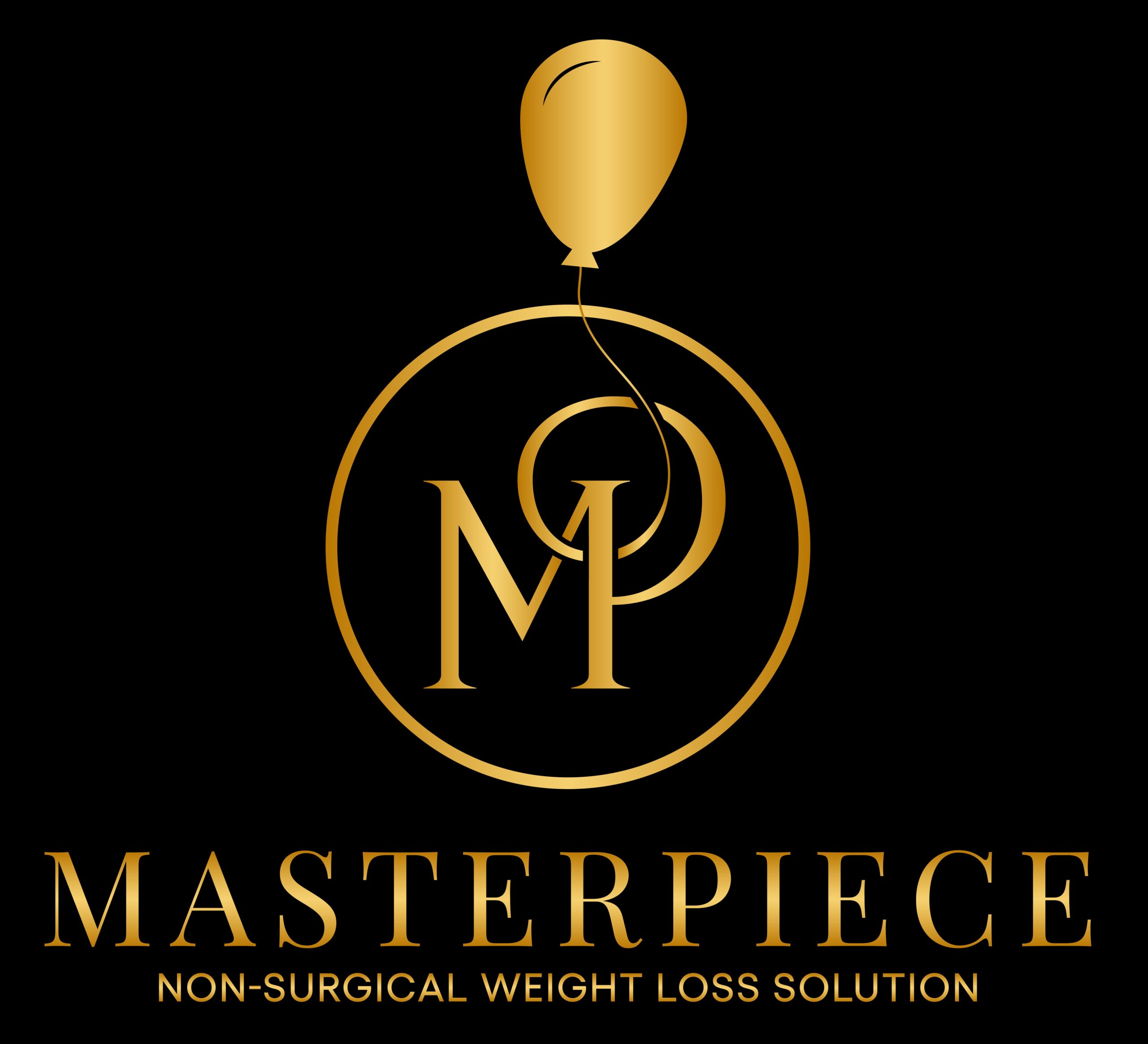OverStitch (ENDOSCOPIC SLEEVE GASTROPLASTY)
[vc_row css=”.vc_custom_1654628041357{padding-bottom: 45px !important;}”][vc_column][vc_column_text]
What is OverStitch
(Endoscopic Sleeve Gastroplasty)?
Overstitch or endoscopic sleeve gastroplasty is a minimally invasive, incisionless, non-surgical procedure that allows your gastroenterologist to reduce the overall size of the stomach to promote weight loss. Performed under sedation,
on an outpatient basis, the procedure is well tolerated, and patients return to a normal routine after a few days of recovery at home.
Who it is for?
OverStitch is ideal for patients who have a BMI of at least 30 and have not been successful with diet and exercise alone. It is also a solution for those who donât want to undergo gastric bypass or those whose physical condition makes
them ineligible for surgery. The most important criterion is to be committed to the program and follow instructions for the prescribed period. We recommend OverStitch for individuals who are looking for a long-term weight loss solution.
[/vc_column_text][/vc_column][/vc_row][vc_row][vc_column][vc_column_text]
[/vc_column_text][/vc_column][/vc_row][vc_row css=”.vc_custom_1654628049213{padding-bottom: 45px !important;}”][vc_column][vc_column_text]
How does the procedure work?
OverStitch is a completely endoscopic procedure, performed from inside the stomach and without the need for abdominal incisions. Your doctor will advance an upper endoscope (a camera attached to a flexible tube) through your mouth and
into your stomach. The endoscope is equipped with a suture system that allows stitches to be placed in the stomach. The procedure takes approximately 30 to 45 minutes. After the procedure, the stomach is 70-80% smaller, which limits
the amount of food eaten before feeling full, limits the amount of calories absorbed by the stomach, and also prolongs the time food remains in the stomach, extending the feeling of fullness.
Who should perform my endoscopic procedure?
Due to the specific skill required, endoscopic procedures are best done by a gastroenterologist, as opposed to a surgeon. Endoscopy is the primary skill utilized by a gastroenterologist on a daily basis, whereas surgeons generally perform far fewer endoscopic procedures. For a procedure as technically challenging as OverStitch, this experience matters.
[/vc_column_text][/vc_column][/vc_row][vc_row css=”.vc_custom_1654628055390{padding-bottom: 45px !important;}”][vc_column][vc_column_text]
How much weight youâll lose?
OverStitch is currently the most effective non-surgical weight loss procedure available and produces an average total body weight loss of 20% in 1 year. Although results may vary by each individual who undergoes OverStitch, most patients will
lose 70% of their excess weight or more. Off-scale wins also include better blood pressure, better blood sugar control, and improved sleep apnea. Commitment to the program is the most important factor for success. Follow your doctorâs recommendations
carefully and make thoughtful decisions about nutrition and exercise. Your Masterpiece Non-surgical weight loss solutions doctor will work with you to help you achieve your weight loss goals.

[/vc_column_text][/vc_column][/vc_row][vc_row css=”.vc_custom_1654628062677{padding-bottom: 45px !important;}”][vc_column][vc_column_text]
Why choose Masterpiece Non-surgical weight loss solutions for your Gastroplasty?
Endoscopic experience
ESG is one of the most technically challenging endoscopic procedures and requires a high level of endoscopic skill.
Bariatric excellence
Although your ESG is an outpatient procedure, performed the same day, you will have the support of a comprehensive, knowledgeable, and award-winning bariatric center.
Medical access 24 hours a day,
7 days a week
Whether you live in Miami Florida or travel from another state or country, you will receive the highest level of concierge care, with direct access to your doctor 24 hours a day, 7 days a week, via a personal cell phone, text messages and emails.
We remain committed to your success throughout your weight loss journey.
[/vc_column_text][/vc_column][/vc_row][vc_row css=”.vc_custom_1654628071253{padding-bottom: 45px !important;}”][vc_column][vc_column_text]
How Does ESG Compare to the Surgical Sleeve Gastrectomy?
| ESG | LSG | |
|---|---|---|
| Type of Procedure | Non-surgical (endoscopic) | Surgical |
| Is Hospitalization Required? | No, same day procedure | Yes, 1-3 days |
| Return to Work | 2-3 days | 1-2 weeks |
| Average Excess Weight Loss | 50%-60% | 60%-70% |
| Average Total Body Wieght Loss | 20% | 20%-30% |
| Major Complications | Rare <1% | 2-6% (0.11% mortality) |
| Reversible? | NO | NO |
| Covered by Insurance? | No | Yes (if eligible) |


[/vc_column_text][/vc_column][/vc_row][vc_row][vc_column][vc_column_text]
Frequently Asked Questions
ESG is an endoscopic, incisionless technique that reduces the size of the stomach through internal suturing. The stomach size is reduced by approximately 70% by internally âplicatingâ or folding the stomach with stitches. After completion
of the procedure, the stomach has a sleeve-like shape, similar to a surgical sleeve gastrectomy.
The key difference is that ESG is non-surgical. There are no incisions. It is performed entirely through the mouth using an endoscopic suturing system (Overstitch). This allows for a fast recovery and healing, as well as a lower rate of
adverse effects. The procedure is done on a same-day, outpatient basis. While ESG reduces the size of the stomach to a similar degree as a surgical sleeve gastrectomy, it does not involve removal of any portion of the stomach.
An average of 5-7 sutures are placed along the greater curve of the stomach. The exact number will vary based on the size and shape of the stomach.
The sutures are made of Prolene (polypropylene), a very durable material. They are not dissolvable and are considered permanent.
Following the ESG procedure, the internal sutures will hold the stomach in the new, sleeve shape, until it fully heals. After the stomach heals, the sutures will remain in the stomach wall. Over time, the stomach stiffens or âfibrosesâ
and tends to stay in its smaller shape. Therefore, the role of the sutures is less important over time. The sutures themselves do not pose any long-term risk to you, and you would not know they are there.
Approximately 30-40 minutes. The procedure is performed under sedation in an endoscopy suite. You will recover for 1-2 hours after the procedure. You will then be discharged home.
We recommend taking 2-3 days off after the procedure, to rest and recover.
Actual weight loss will vary based on starting weight, motivation level, and adherence to our dietary recommendations. Current studies suggest an average of 20% total body weight loss and 60% of excess weight loss. It may take 6-12 months,
or more, to lose this amount of weight.
Once the stomach heals, it should remain in a smaller size and shape long-term. U.S. studies tell us that weight loss after ESG is maintained for up to 5 years. The key to sustaining weight loss is to adhere to the recommended diet and
to maintain a regular exercise regimen. We advise that overeating can lead to weight regain and/or failure of the sleeve over time, as with any weight loss procedure.
When performed correctly, the sutures in an ESG should remain in place and not come loose. However, suture failure has been reported and has been experienced at a very small rate (less than 1%) in our program. If needed, re-suturing can
be performed to further tighten the ESG.
The feeling of fullness, or restriction, will vary from person to person and will typically change over time. For the first few days to weeks, you will only be able to consume very small amounts of liquids and eventually soft foods at
a time. Some patients describe a feeling of indigestion, fullness, or even discomfort when they reach their new capacity. For some patients, this is very obvious and noticeable. For others, it may be subtler. We emphasize the important
of eating slowly to allow your brain to register fullness. After many months, the feeling of fullness will still occur at a much earlier point in a meal, but you should be able to consume a balanced diet with a full variety of healthy
foods. saludables.
During ESG, the greater curve of the stomach is stitched together, creating a âthickerâ stomach wall in that area. The blood supply remains completely intact. After the stomach heals, it looks like a normal stomach from the inside, albeit
smaller. There are no known long-term risks of plicating the stomach in this manner.
Each suture has a tiny, metallic anchor at its end. These are visible by x-ray. They are inert and do not pose any long-term risk. They are compatible with MRI. They are not detectable by metal detectors.
The most common side effects are upper abdominal pain, bloating, cramping, and sometime nausea. These are typically mild and treated with pain relievers and anti-nausea medication. Fatigue may occur for 1-2 weeks after the procedure, due
to the initially low caloric intake.
While the risks related to ESG are far lower than bariatric surgery, there is a 0.5% to 1% risk of serious adverse effect, including bleeding, infection, or injury to the stomach.
Anyone who is obese and has not achieved their desired weight loss through diet and exercise is a candidate. There is no specific weight or body mass index (BMI) required for the procedure, though most patients will have a BMI somewhere
between 30 and 40. However, this procedure has been performed in individuals with higher BMIs who are not interested in pursuing surgical treatments.
The main contraindication to ESG would be the presence of a known stomach problem, such as a stomach ulcer or very large hiatal hernia. Major health problems or bleeding disorders would also be a contraindication.
Ghrelin is key hormone involved in maintaining body weight. It is produced by the stomach and rises when we have an empty stomach and decreases after we eat. With the surgical Vertical Sleeve Gastrectomy, ghrelin levels remain very low
for months, since a large part of the stomach was removed. They then gradually return to normal. In comparison, early studies suggest that ghrelin levels may decrease after ESG, though likely to a lesser degree and for a shorter time.
However, because the stomach is smaller after ESG, the amount of food that it takes to âturn offâ ghrelin should be significantly less.
With ESG, the top of the stomach (called the Fundus) is left intact. This part of the stomach has a very thin wall and is close to other organs (such as the spleen, diaphragm, and lungs) and therefore suturing in this area is felt to be
higher risk. By leaving the fundus intact, the stomach configuration after ESG looks more like a small pouch sitting atop a narrow sleeve. This is different than the Vertical Sleeve Gastrectomy (VSG), which creates a long, narrow tube.
The stomach in ESG tends to be more scrunched up and pouch-like, due to the plication that is performed.
Yes. There are no specific lifting restrictions immediately after ESG. However, we recommend starting first with light walking, even as soon as the day of your procedure. This helps with the recovery and passage of gas. Once you are meeting
your protein and fluid goals on a consistent basis, you can begin to exercise more intensely. We generally recommend avoiding very strenuous exercise for 3-4 weeks, as your caloric intake may be too low to support this at first (you
may get tired). After the first month, you should be able to do any form of exercise without limitation.
After you have healed and recovered from your procedure, it is safe to become pregnant, though we generally recommend waiting a minimum of 6 months before trying to get pregnant. We advise patients that fertility may increase after ESG,
due to the metabolic improvements associated with weight loss.
We will closely monitor your progress following the ESG procedure, to ensure that your weight loss is on track. It is very common and expected to have periods of slower weight loss during the 12-month process. If, despite optimizing your
diet and exercise, you still need further assistance, we may recommend weight loss medications (pharmacotherapy). This would be provided under the guidance of your treating physician. These medications can greatly enhance your weight
loss, when used in conjunction with the ESG procedure.
Yes. If the initial procedure was not completely successfully, it can be safely repeated or tightened.
Yes. Patients have safely converted to surgical procedures (such as gastric bypass, vertical sleeve gastrectomy, or duodenal switch) in select instances.
[/vc_column_text][/vc_column][/vc_row]



